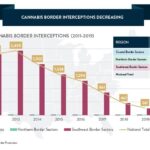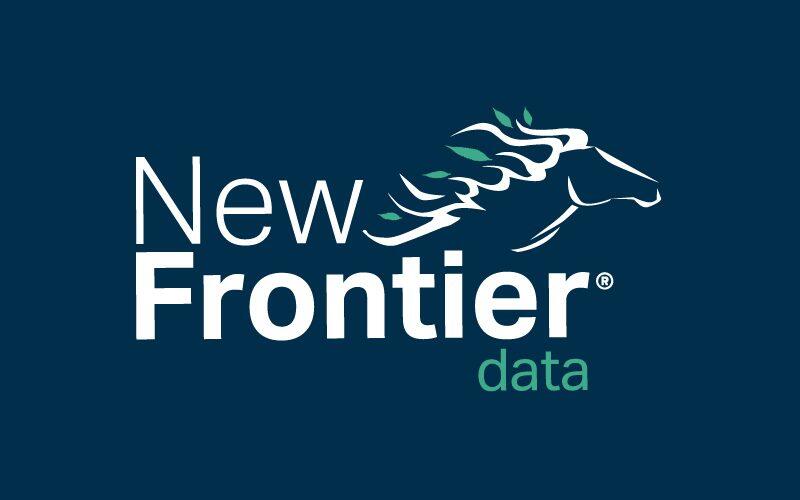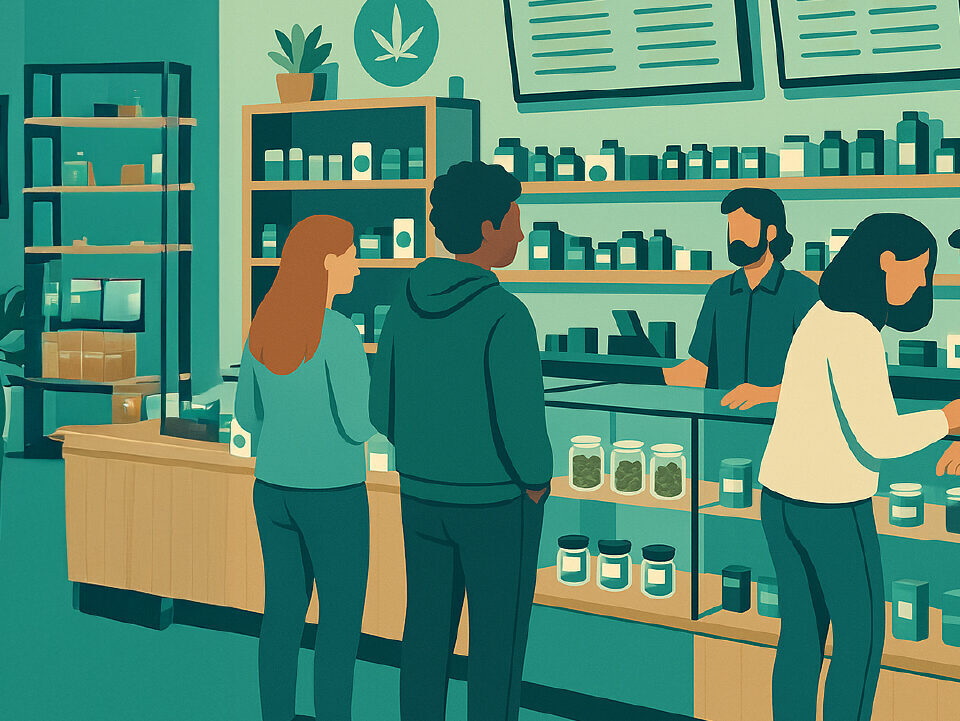U.S. Demand for Smuggled Cannabis Plummets as Legal Markets Grow

Digesting the U.K.’s Guidelines for Ingestible CBD, and Impacts for the Industry
February 23, 2020
Cannabis Border Interceptions Decreasing
March 1, 2020By John Kagia, Chief Knowledge Officer, New Frontier Data
A convergence of market forces has precipitated a steep national decline of cannabis interceptions along U.S. border checkpoints. The activation of legal state markets provides consumers with an attractive shopping variety of places and products, including new product forms catering to diverse preferences. Meanwhile, the adoption of regulations and quality-control standards have elevated consumers’ expectations for quality. Adding heightened border enforcement activity to the equation, the dynamics have coincided to disincentivize smuggling operations for cartels looking to transport cannabis, which relatively speaking requires a lot of space and is thus difficult to secretly transport at scale compared to other forms of illicit contraband.
The shift in the numbers is striking: Overall, the amount of cannabis intercepted along all U.S. borders has fallen by 89%, from 2.5 million lbs. in 2011 to approximately 270,000 lbs. in 2019. Along the southwestern border where 99% of all intercepted cannabis has been collected, those incidents have decreased by 90% since 2011, the sharpest decline among all regions (i.e., coastal, southwest and northern borders).
Expansion of legal cannabis markets in the U.S. has fundamentally disrupted demand for illegal cannabis imports:
- Consumers are increasingly transitioning to legal markets. Whereas illicit markets offer consumers few options and little information about the specific products being purchased, legal operators can leverage product selection, testing requirements, and convenient purchasing locations to attract consumers transitioning from illicit to mainstream markets. Indeed, New Frontier Data estimates that in 2020, more than one-fifth (21%) of all U.S. cannabis demand will be met by the legal market, rising to 34% by 2025 (based on currently legal states only). In Colorado, where adult-use sales began in 2014, New Frontier Data forecasts that by this year’s end four-fifths (80%) or more of the state’s total cannabis demand will be met by the legal market.
- As legal product options improve, consumer incentives evaporate for the purchase or jeopardy of low-quality cannabis. Historically, contraband smuggled from Mexico has been of lower quality than domestically grown cannabis. Accordingly, demand for such continues to fall as more American consumers become more familiar and discerning about domestically cultivated products.
- The vaping crisis underscored risks about unregulated products. The emergence last fall of e-cigarette or vaping lung-use injury (EVALI) cast a dark shadow beyond the murkiness of unregulated products in the illicit market. Almost all incidents of EVALI — which affected nearly 3,000 people and killed 68 among them — were attributed to vapes from the illicit market. While EVALI was limited to vaping products, it highlighted differences in quality between legally and illicitly marketed products, affirming safety benefits from the transparency of the regulated market.
As it is impossible to ascertain how much smuggled cannabis came into the country undetected, the declines in reported seizures throughout the past decade should not foster complacency against disruption of the illicit market. The 461,000 lbs. of cannabis intercepted at the border in 2018 surpassed the 436,000 lbs. of the total flower legally sold in Colorado that year. If the intercepted volume represented half of all that being smuggled (though history would suggest it being significantly shy of that), illicit cannabis from south of the border thus remains a major supply line for cannabis in the U.S., providing quantities sufficient to meet the demand of millions of consumers.
Regardless, further declines in border interceptions are expected for the years ahead. Given legalized adult use in California, with other border states debating whether to adopt either adult-use (in Arizona and New Mexico) or medical legalization (in Texas), the primary markets into which smuggled cannabis once flowed seem poised to be establishing more regulated markets.
Furthermore, with the Trump administration’s continued efforts to prioritize enforcement efforts on the southwest border, it would follow that enhancements to the physical and digital security infrastructure will result in still more successful interdictions, and far greater risk to smuggling operations.




